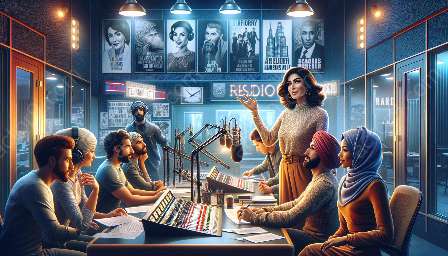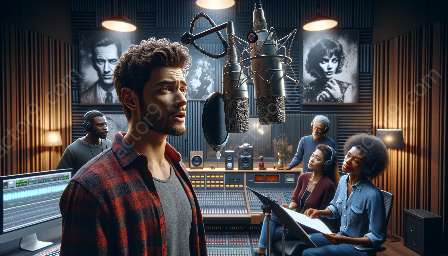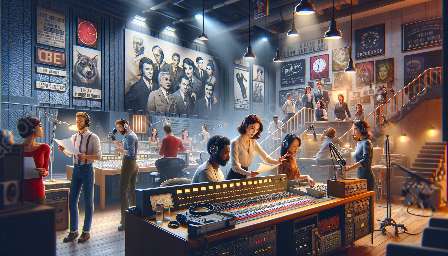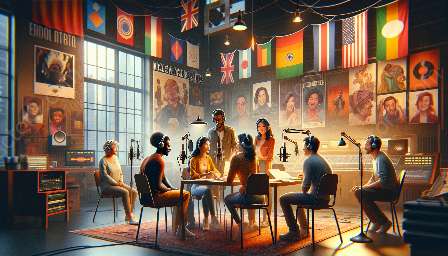Radio drama presents a unique and captivating form of storytelling, relying solely on vocal performances and sound design to convey the depth and complexity of its characters. Unlike stage or film, radio lacks visual cues, posing significant challenges in effectively communicating emotions and motivations to the audience. This article explores the intricacies of character portrayal in radio drama, the art of characterization, and the production techniques used to address these challenges.
The Essence of Characterization in Radio Drama
Radio drama hinges on the power of imagination. Listeners rely on evocative language, vocal intonation, and sound effects to visualize the characters and their surroundings. The absence of visual elements places a heavier burden on the actors and production team to articulate the emotional nuances and inner motivations of the characters purely through audio cues.
Challenges of Emoting Without Visual Cues
Characterization in radio drama demands a heightened sensitivity to vocal performance. Without facial expressions or body language, actors need to master the use of tone, pacing, and vocal inflections to communicate a wide range of emotions, from joy and sorrow to fear and anger. Additionally, conveying the subtleties of a character's motivations becomes more challenging, as the audience must infer a character's intentions based solely on their dialogue and vocal delivery.
This limitation also extends to the production team, as they must carefully select and synchronize sound effects and music to enhance the emotional resonance of the characters' experiences without relying on visual imagery to convey mood or setting.
Strategies for Effective Character Portrayal
For radio drama to successfully convey emotions and motivations, meticulous attention to detail is paramount. Actors must cultivate a deep understanding of their characters, internalizing their goals, fears, and desires to authentically embody their roles through voice alone. Likewise, directors and sound designers must carefully craft the sonic landscape, leveraging soundscapes and foley effects to immerse the audience in the characters' world.
Overcoming Limitations in Radio Drama Production
The art of radio drama production involves innovative solutions to compensate for the absence of visual cues. Utilizing immersive binaural recording techniques, creative sound design, and masterful storytelling, production teams can create compelling auditory experiences that transcend the limitations imposed by the medium.
Conclusion
Conveying emotions and motivations in radio drama characters without visual cues requires a harmonious blend of exceptional voice acting, nuanced characterization, and astute production techniques. By delving into the art of characterization and understanding the intricacies of radio drama production, storytellers can elevate the potency of their narratives, captivating audiences through the sheer power of sound.






















